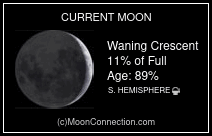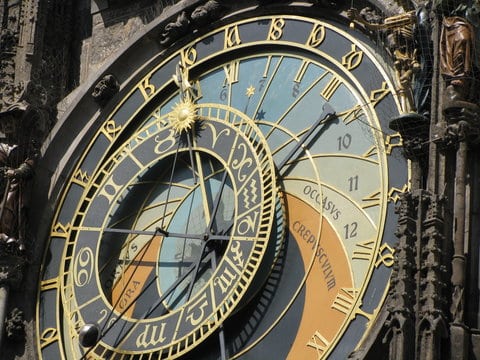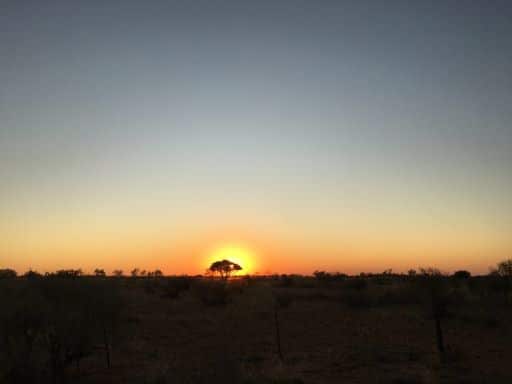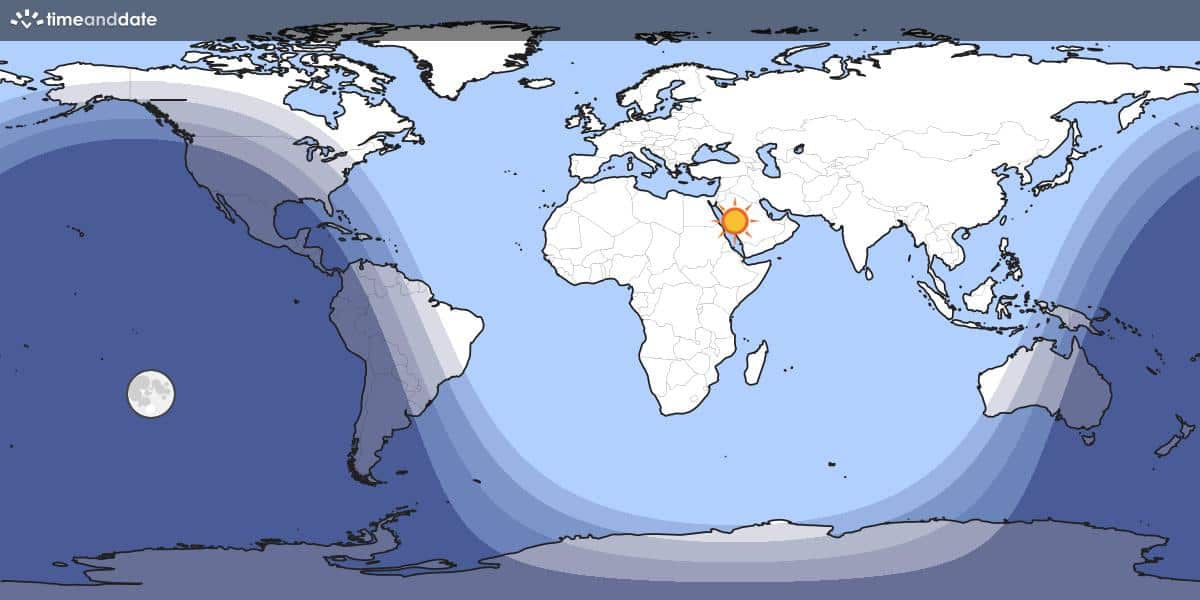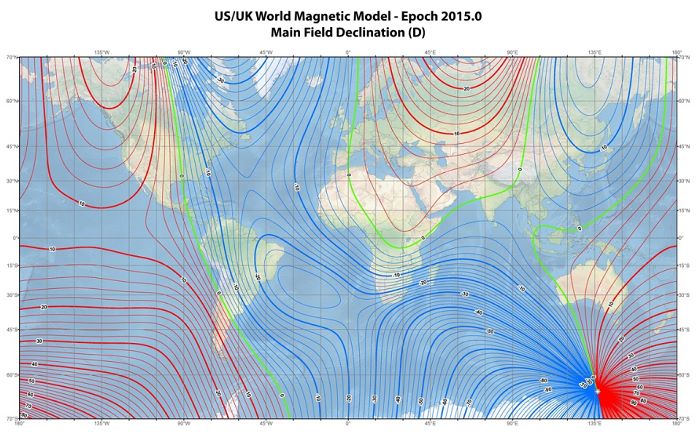Open Clusters
The Large Magellanic Cloud is brimming with open clusters
The Large Magellanic Cloud is exceptionally rich in open clusters, and a large number of catalogues have been published since James Dunlop, observing the southern skies from the Brisbane observatory at Paramatta, New South Wales, Australia during the years 1823-1827, published A Catalogue of Nebulae and Star Clusters in the Southern Hemisphere observed in New South Wales. The most complete catalogue is that of Bica et al. (2008), which records a mammoth 3,086 star clusters, excluding associations. (The authors suggested that the catalogue is still not complete and a large number of poor clusters are yet to be identified!)
It certainly gives us a fabulous collection to observe – over 600 are included! And there are open clusters for everyone… from those that are gorgeous, and bright and with resolved stars, all the way through the entire observing gamut to those that are exceedingly small and faint, and offer a very satisying challenge to locate and observe.
Among the clusters are a large number of binary clusters, which appear common the LMC, although they are extremely rare in our own galaxy. They are listed in a separate database. The compact clusters (clusters so tight that they masquerade as stars but in fact contain multiple components) are also listed separately.
NGC Open Clusters
James Dunlop, observing the southern skies from the Brisbane observatory at Paramatta, New South Wales, Australia during the years 1823-1827 discovered 30 open clusters in the Large Magellanic Cloud. John Herschel, observing from the Cape Of Good Hope during the years 1834–1838, discovered an additional 213 clusters (as well as observing those recorded by Dunlop).
Scrollable Table
Location: LH = LH OB Associations. LMC = Supergiant Shell. N = Henize Nebula. SB = Superbubble.
NGC Open Clusters
IC Open Clusters
DeLisle Stewart (1870–1941) was an American astronomer. In 1896 he became a staff member of Harvard College Observatory, and from 1898 to 1901 he worked at that observatory’s station at Arequipa, Peru.
Scrollable Table
IC Open Clusters
Pietro Baracchi discoveries with the Great Melbourne Telescope (1883-1893)
Pietro Baracchi (1851-1926) was an Italian-born astronomer who worked at Melbourne Observatory and he was the principal observer from September 1883 until 1893. His discoveries went unnoticed until 2018, when Steve Gottlieb ploughed through Baracchi’s observing logs. He discovered that Baracchi had made no less than 57 discoveries that are not in the NGC, of which 9 were Large Magellanic Cloud discoveries! As Steve noted, “It’s really a shame that neither he nor the director of the observatory (Robert Ellery) published these discoveries in one of the journals of the day, or at least passed them on to Dreyer to include in the NGC. That might have changed the general perception of abject failure of the telescope.”
Scrollable Table
Location: LH = LH OB Associations. LMC = Supergiant Shell. N = Henize Nebula. SB = Superbubble.
Pietro Baracchi's Discoveries
1960: Paul Hodge
Acronym: H60b
In 1960, Paul Hodge published a catalogue of 35 clusters of the Large Magellanic Cloud that can be considered genuine globular clusters on the basis of their uncalibrated colour-magnitude diagrams. Of these, Hodge 11 has turned out to be the gorgeous bone fide ancient globular cluster (over 12 billion years old); the others have subsequently turned out to be open clusters.
H60b (Hodge) Open Clusters
Harlow Shapley and Eric Lindsay, 1963
Acronym: SL
In 1963, Harlow Shapley and Eric Lindsay published a catalogue consisting of 898 LMC clusters, based on searches of ADH Schmidt plates. The listed objects lie between RA 4h24m and 6h34m, and Dec. -63° and -75°. Their catalogue covers the whole range of morphologies, from the large bright aggregations now known as stellar associations, through the dense swarms of stars we recognize as globular clusters, to the smaller gatherings which are the counterparts of our galactic clusters (open clusters). Many of their clusters were subsequently discovered to be background galaxies as distinguishing between small clusters and background galaxies was a limitation of their plate material. Surprisingly, many of their clusters are considerably brighter and larger than many of the small, faint NGC objects in the Cloud.
Scrollable Table
Location: LH = LH OB Associations. LMC = Supergiant Shell. N = Henize Nebula. SB = Superbubble.
SL Open Clusters
Gösta Lyngå and Bengt Westerlund, 1963
Acronym: LW
In 1963, Gösta Lyngå and Bengt Westerlund published a catalogue listing 483 clusters in the outlying areas. 234 clusters were common to their catalogue and that of Shapley and Lindsay, also published in 1963. The LW clusters are exceedingly small and faint!
Scrollable Table
Location: LMC = Supergiant Shell
LW Open Clusters
Paul Hodge and John Sexton, 1966
Acronym: HS
In 1966, Paul Hodge and John Sexton published their catalogue based upon their search of the central 125 square degrees of the LMC for non-stellar objects belonging to or superimposed upon the Cloud. The result of their discovery was 457 new objects of which 455 were new clusters. The listed objects lie between RA 4h15m and 6h23m, and Dec. -64° and -73°.
Scrollable Table
Location: LH = LH OB Associations. LMC = Supergiant Shell. N = Henize Nebula. SB = Superbubble.
HS Open Clusters
Paul Hodge, 1988
Acronym: H88
In 1988, Paul Hodge published a catalogue of 255 new clusters based upon ten fields in the Cloud that were searched for faint, new clusters on deep plates taken with the CTIO 4-m telescope. He noted that most of the new clusters are faint, small, and old, but a few are bright but small – and indeed, with a few exceptions, most are way too faint and small!
Scrollable Table
Location: LH = LH OB Associations. LMC = Supergiant Shell. N = Henize Nebula. SB = Superbubble.
H88 Open Clusters
E. Kontizas, M. Metaxa, M. Kontizas, 1988
Acronym: KMK88
In 1988, Kontizas et al. conducted a survey carried out on deep plates taken with the 3.6m ESO telescope and centred on three fields on or near the LMC bar. They detected 93 small, faint clusters, two of which – KMK88 79 and 87 – turned out to be compact clusters, both in the superbubble 30 Doradus C.
Scrollable Table
Location: LH = LH OB Associations. LMC = Supergiant Shell. N = Henize Nebula. SB = Superbubble.
KMK88 Open Clusters
R. Bhatia & H. MacGillivray, 1989
Acronym: BMG
In 1989, Bhatia & MacGillivray (1989) conducted the first automatic search for clusters in the Cloud, resulting in the detection of 284 objects; very small and very faint. Only 2 are included in this guide.
Scrollable Table
Location: LH = LH OB Associations.
BMG Open Clusters
M. Kontizas, D. Morgan, D. Hatzidimitriou, E. Kontizas, 1990
Acronym: KMHK
In 1990, Kontizas et al. published an extensive catalogue of LMC clusters based on the ESO/SERC Southern Sky Atlas. They presented 1,762 clusters in the large 25×25 degree area centred on the LMC but excluding the crowded regions around Bar. About 600 were new clusters and at the same time, 210 objects previously catalogued as clusters were excluded.
Scrollable Table
Location: LH = LH OB Associations. LMC = Supergiant Shell. N = Henize Nebula. SB = Superbubble.
KMHK Open Clusters
E. Bica, J. Claria, H. Dottori, J. Santos, A. Piatta, 1996
Acronym: BCDSP
In 1996, Bica et al’s catalogue of integrated UBV photometry of 504 star clusters and 120 stellar associations in the LMC, part of them still embedded in emitting gas, added another acronym to the mix. Only one is included, BCDSP 8, a pretty little cluster which is often taken as NGC 2037.
Scrollable Table
Location: SB = Superbubble.
BCDSP Open Clusters
D. Zaritsky, J. Harris, I. Thompson, 1997
Acronym: ZHT AN
Only two of their 16 new clusters are included, one of which – ZHT AN16 – is a real little beauty!
Scrollable Table
Location: N = Henize Nebula.
ZHT AN Open Clusters
E. Bica, H. Schmitt, C. Dutra, H. Oliviera, 1999
Acronym: BSDL
In 1999, Bica et al. published the result of their survey of extended objects in the LMC carried out on the ESO/SERC and J Sky Survey Atlases, checking entries in previous catalogues and searching for new objects. The census provided a whopping 6,659 objects including star clusters, emission-free associations and objects related to emission nebulae.
Scrollable Table
Location: LH = LH OB Associations. LMC = Supergiant Shell. N = Henize Nebula. SB = Superbubble.
BSDL Open Clusters
F. Werchan and D. Zaritsky, 2011
Acronym: WZ2011
Only one cluster is included, a small little glow lying in faint swirls of nebulosity just west of the incredible star-forming ridge that defines supergiant shell, LMC 2
Scrollable Table



